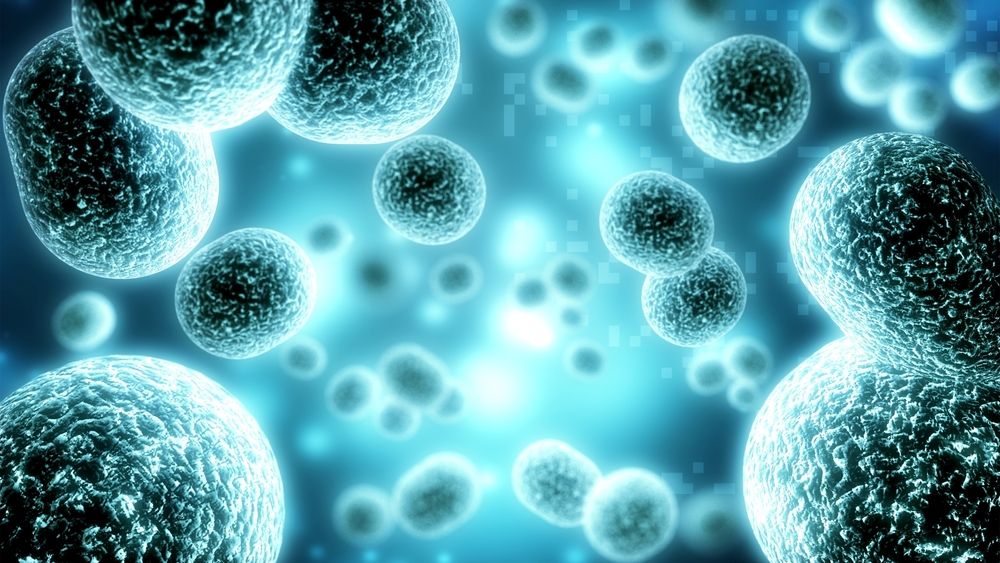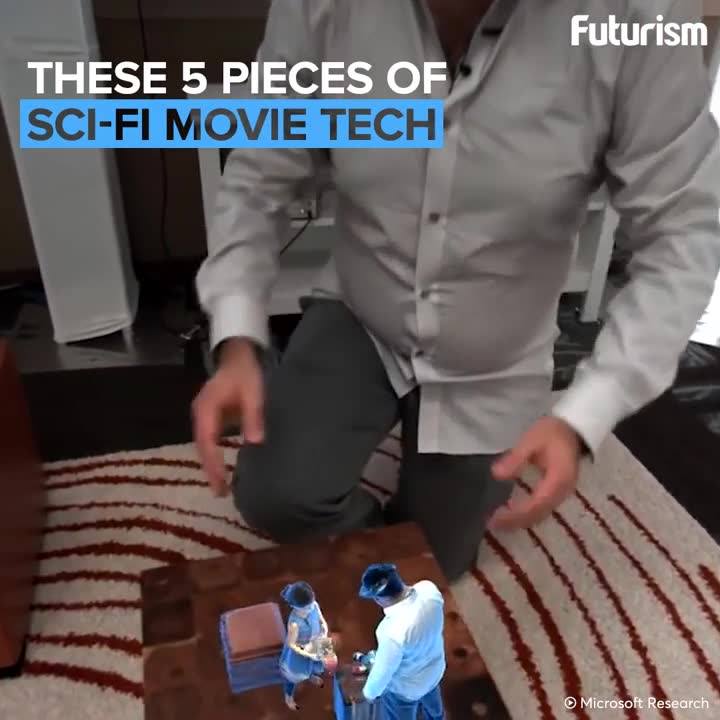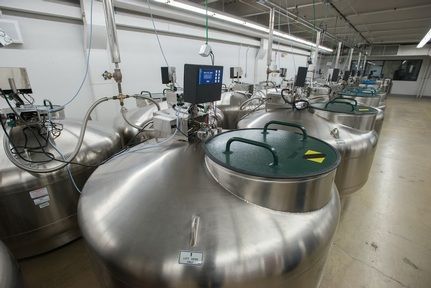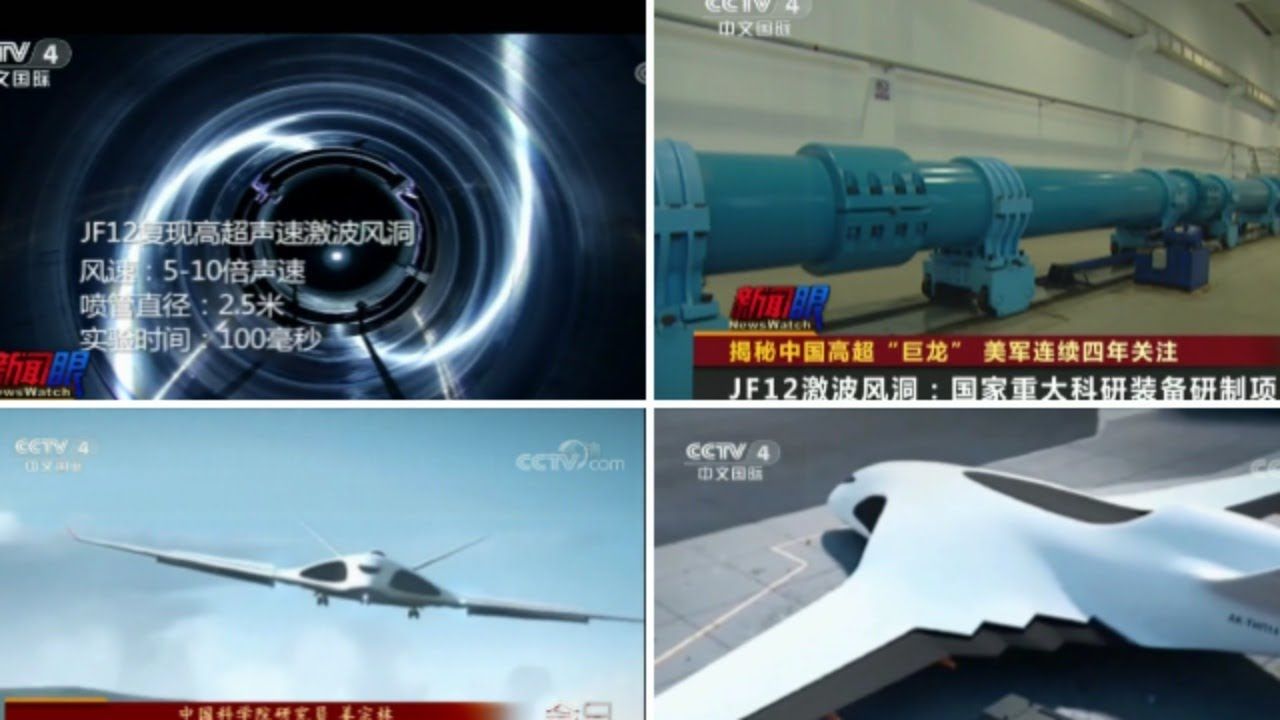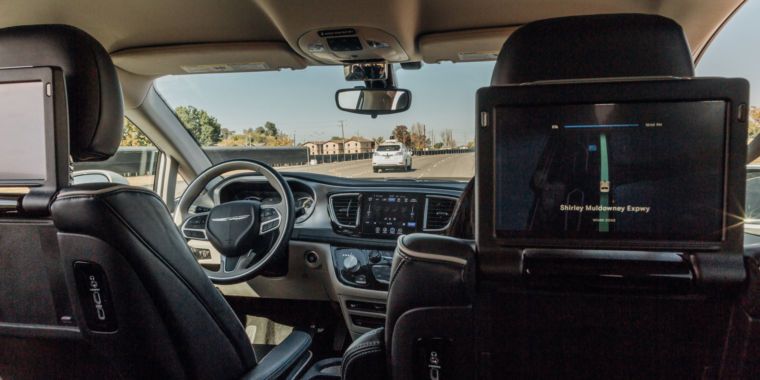Nov 8, 2017
Increased Risk of Breast Cancer Due to Contraceptive Pills
Posted by Yugal Agrawal in categories: biotech/medical, health
Progesterone and Oestrogen are produced by the ovaries and the amount of their production varies naturally, after the menstrual cycle. The birth-control replaces these naturally produced hormones with the synthetic versions.
Strassmann states that there is a direct connection between the contraceptive pills and the risk of breast cancer. She extracted data from 12 various studies which measure the amount of oestrogen and progesterone over the menstrual cycle in women who do not take these pills. The study is a continuation of her previous research on menstruation and reproductive biology among the Dogon people of Mali in Western Africa.
According to the Cancer research in the UK, around 1% of breast cancers in women are caused due to the oral contraceptives. Though it protects you against various other cancers such as ovarian or any health issue related to the womb, there is still a presence of increased breast cancer risk.
Continue reading “Increased Risk of Breast Cancer Due to Contraceptive Pills” »

